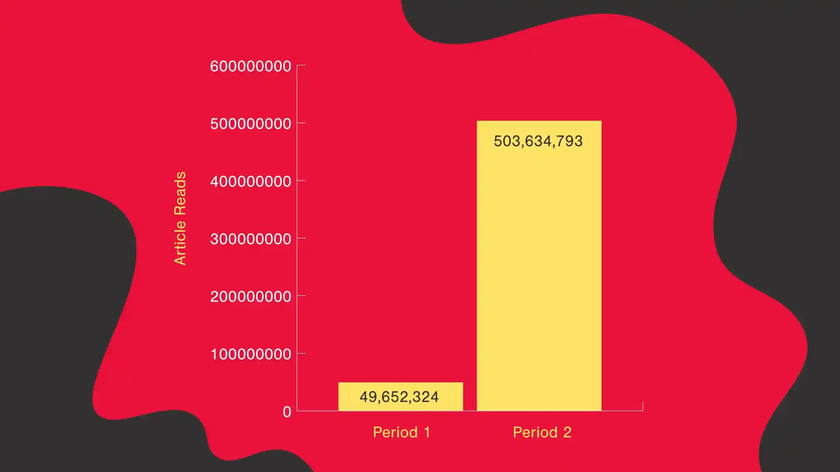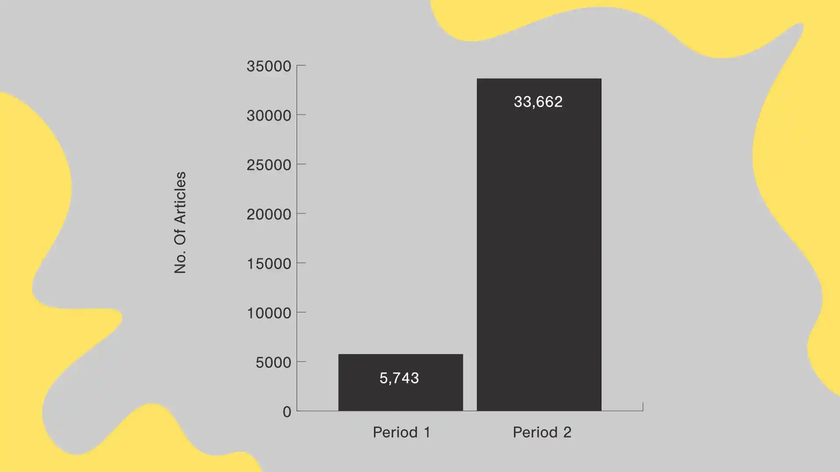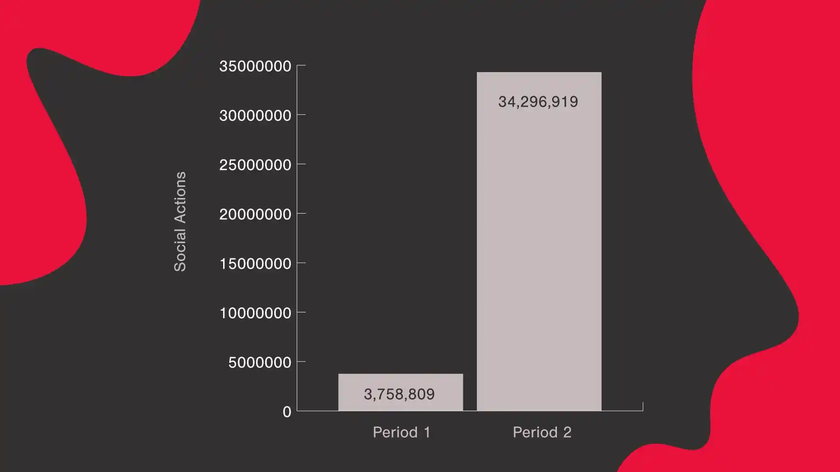At smartocto we were interested to find out how strong that hunger is. To research this, we’ve been looking mostly at European publishers. The data we acquired relates to February and March 2020 – the time Europe became the world’s coronavirus hotspot.
In the following chapters, we reveal how big the growth in traffic for publishers in European countries was, with the focus on the ones most affected by the coronavirus. This way we will see the direct impact the coronavirus pandemic has had on online news audiences. More importantly, we will be able to analyse how the crisis affects reader loyalty, which many operating on reader revenue models consider their north star metric.
(Here’s a little hint, there were never as many loyal readers as now)
And, yes the size of the crisis in your country has a huge impact on peoples’ need for news.
The traffic spike is real
We analysed the data for 15 online European news outlets that use smartocto reports to data-inform their newsrooms. We picked the ones located in the countries most affected by the coronavirus pandemic – Italy, Spain, Germany, France, Switzerland, Austria, etc.
What we learned is staggering. We compared two periods: the first one starting January 22nd and ending February 22nd 2020, and the second one starting February 23rd and ending March 23rd 2020 in order to include the freshest set of data we possibly can.
In the second period, media outlets have recorded an increase of 55% of Article Reads per post on average. In total, on the website level, online media grew the number of Article Reads by 23%. All of this was achieved by actually reducing the number of published articles by 4%.





